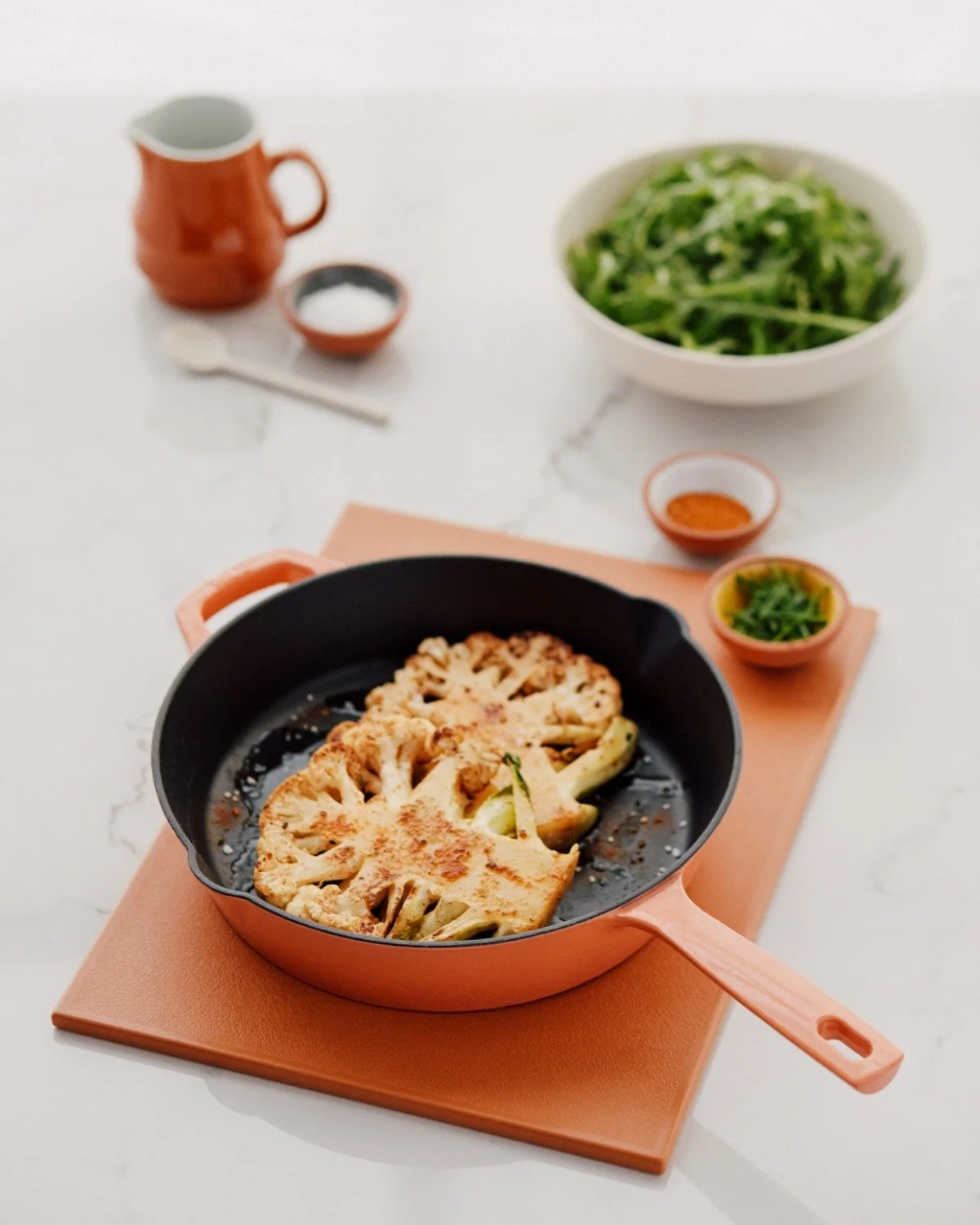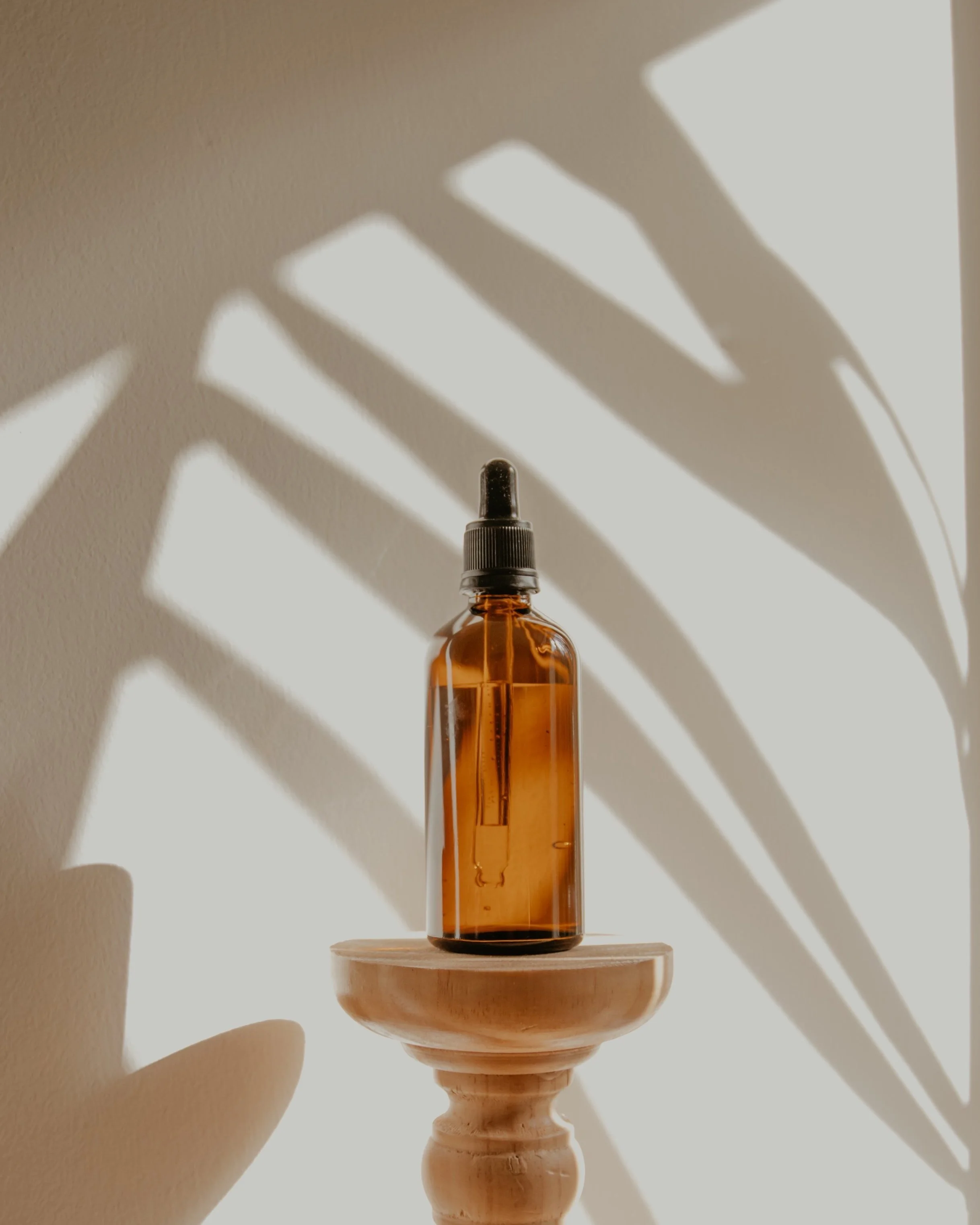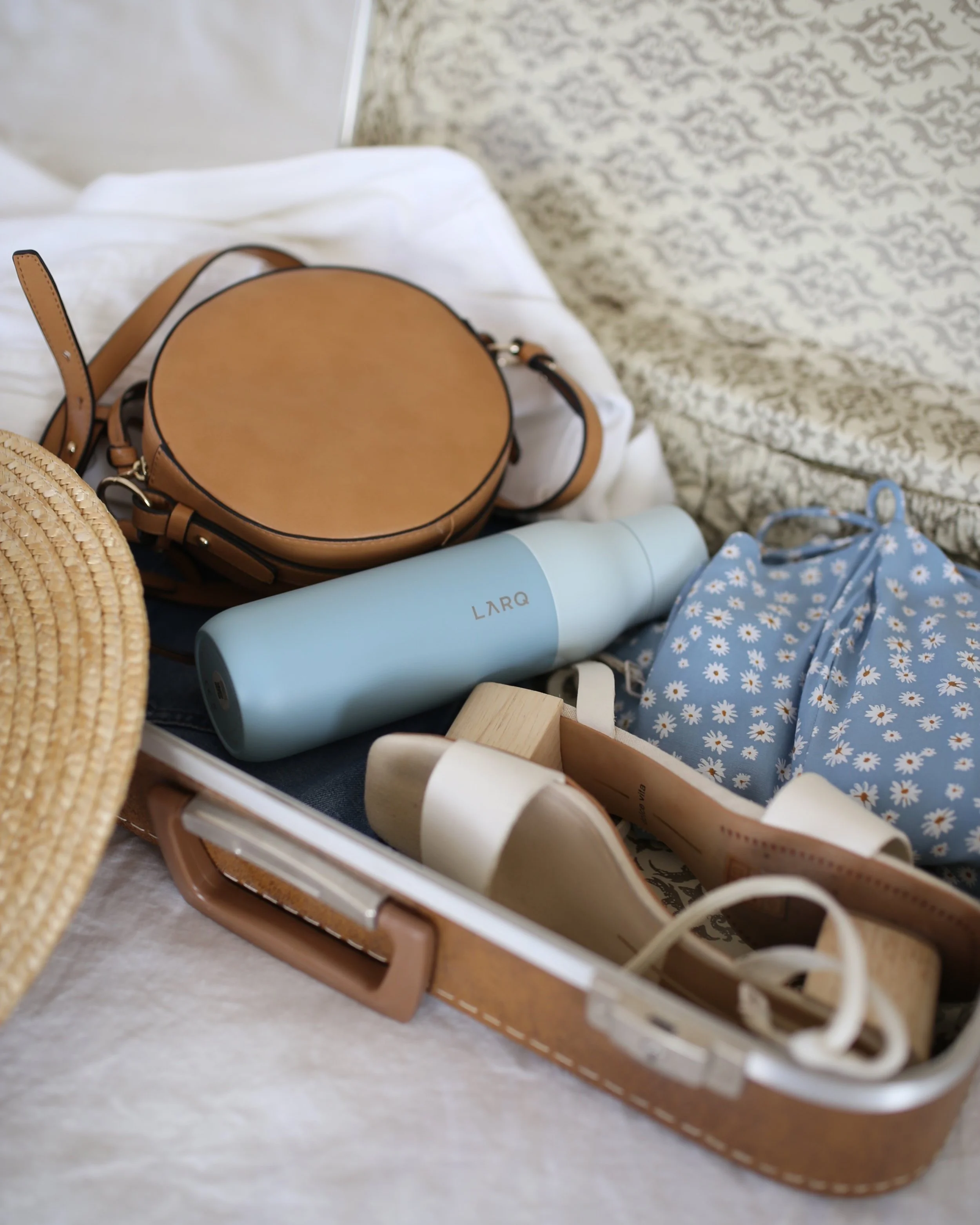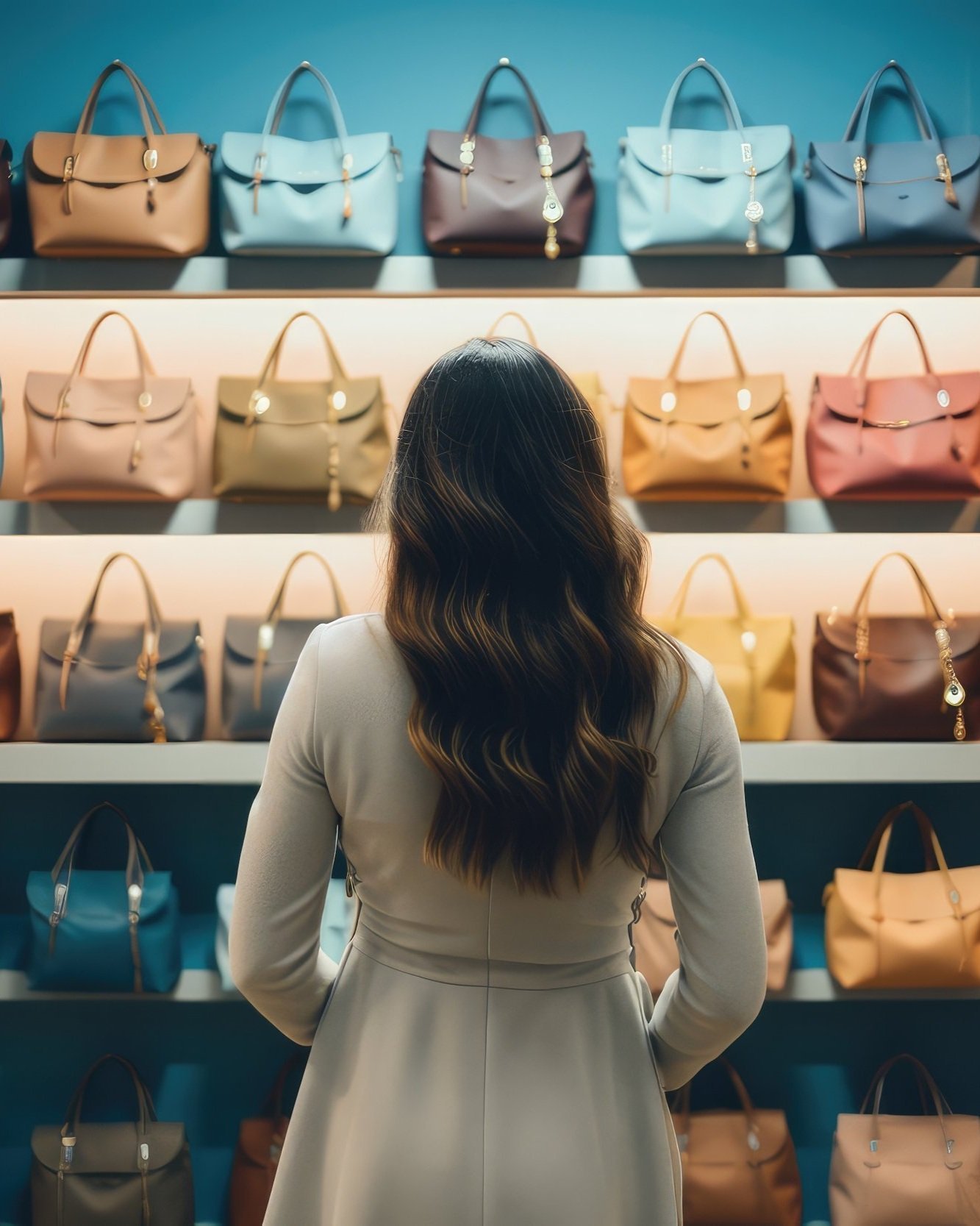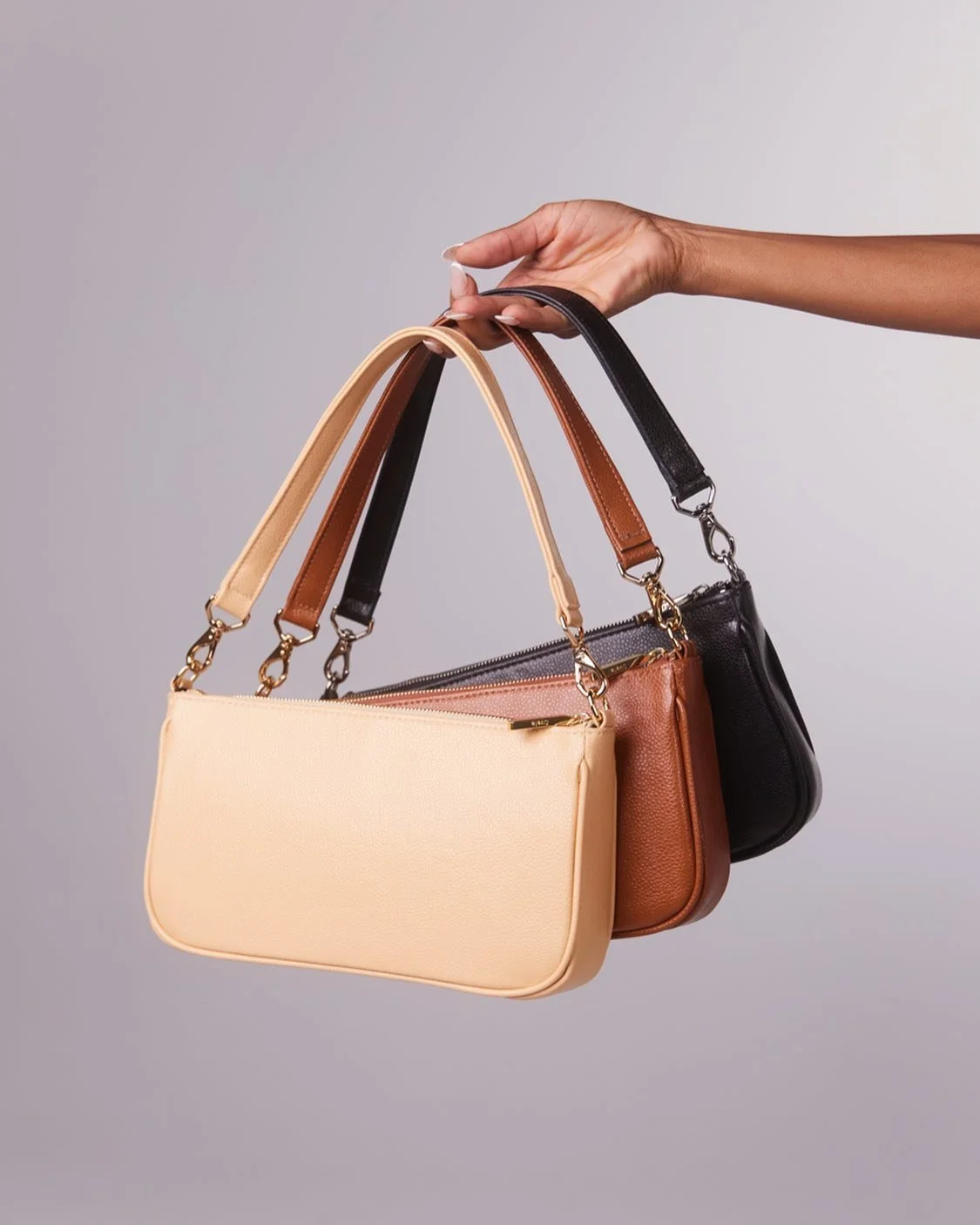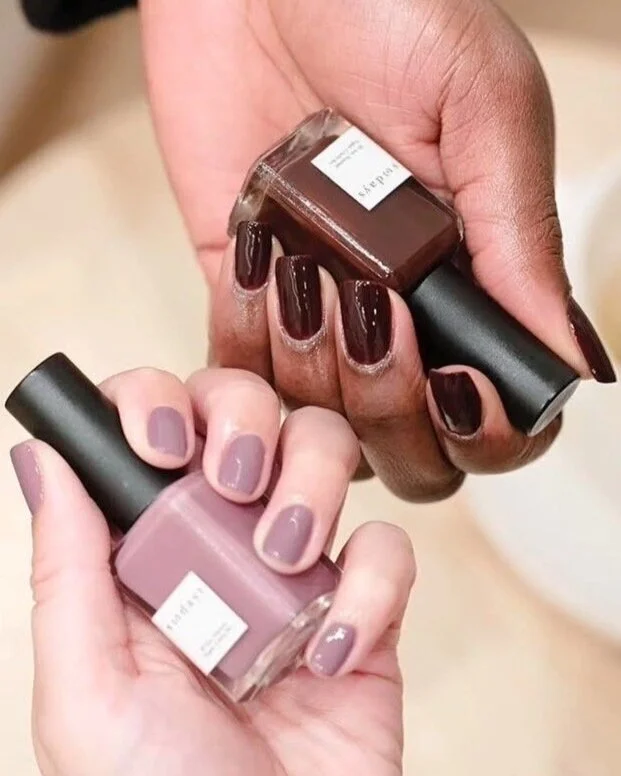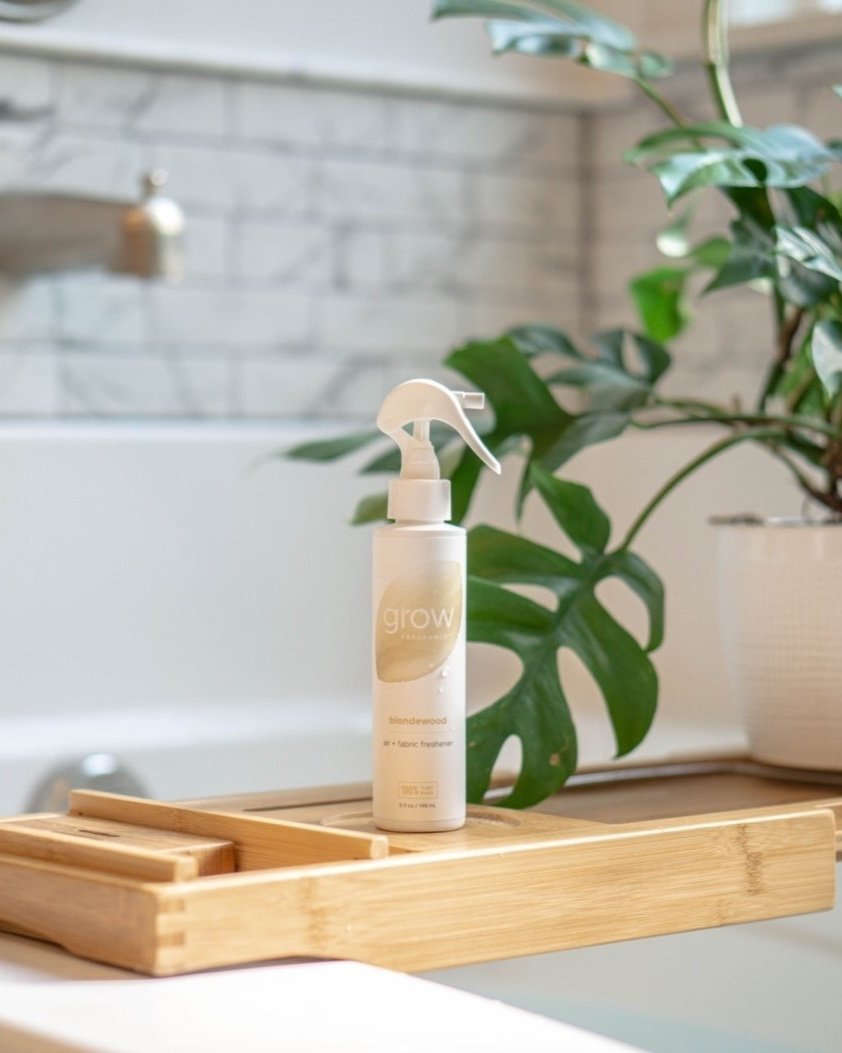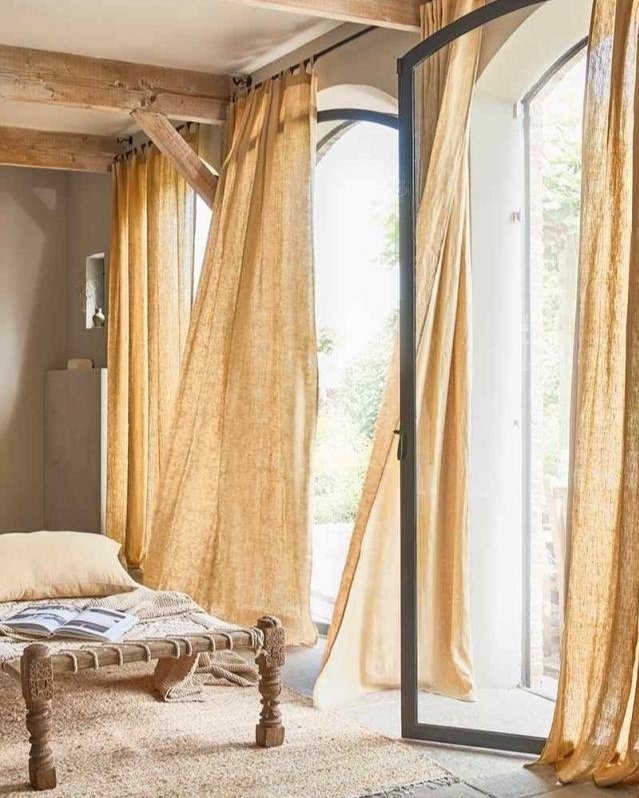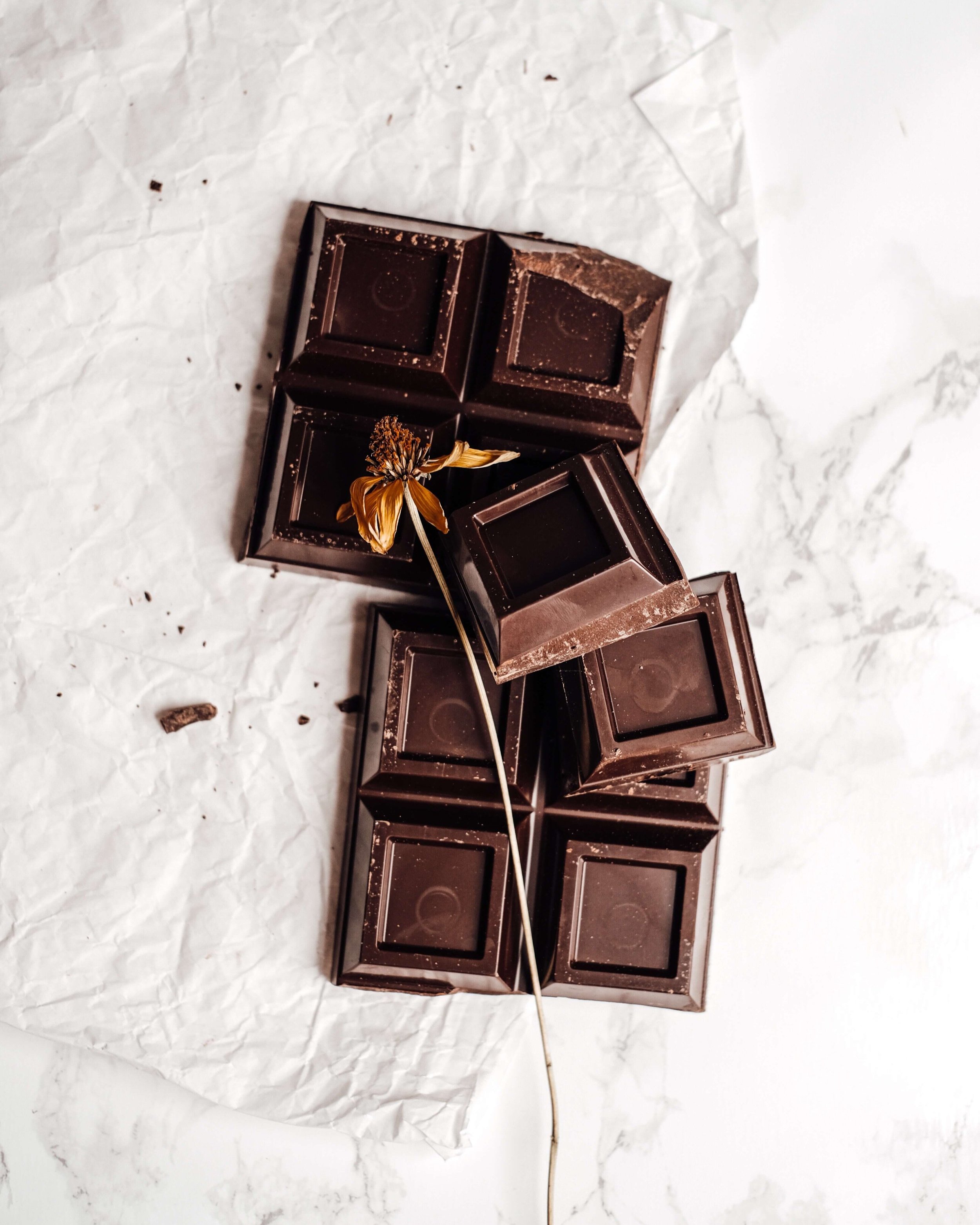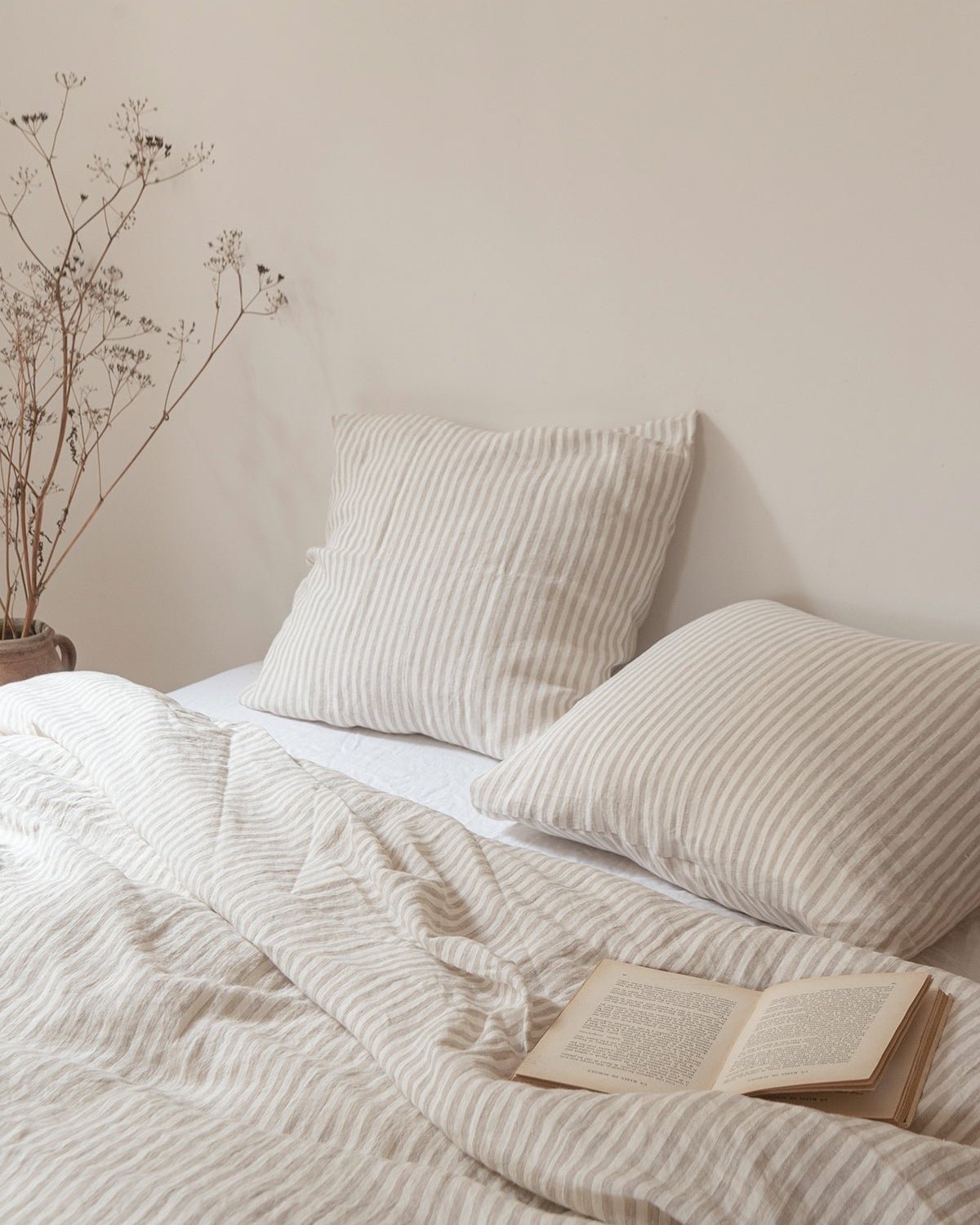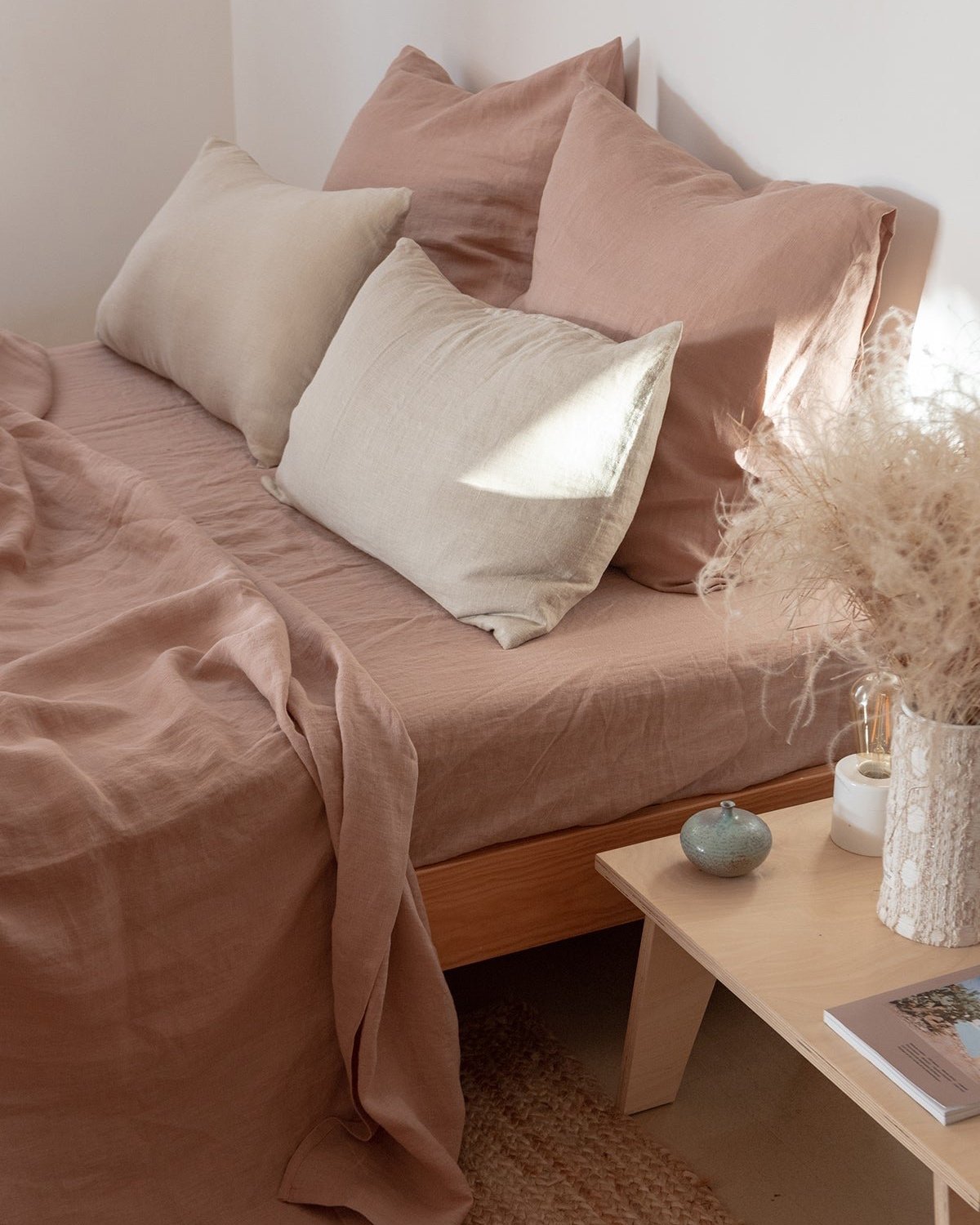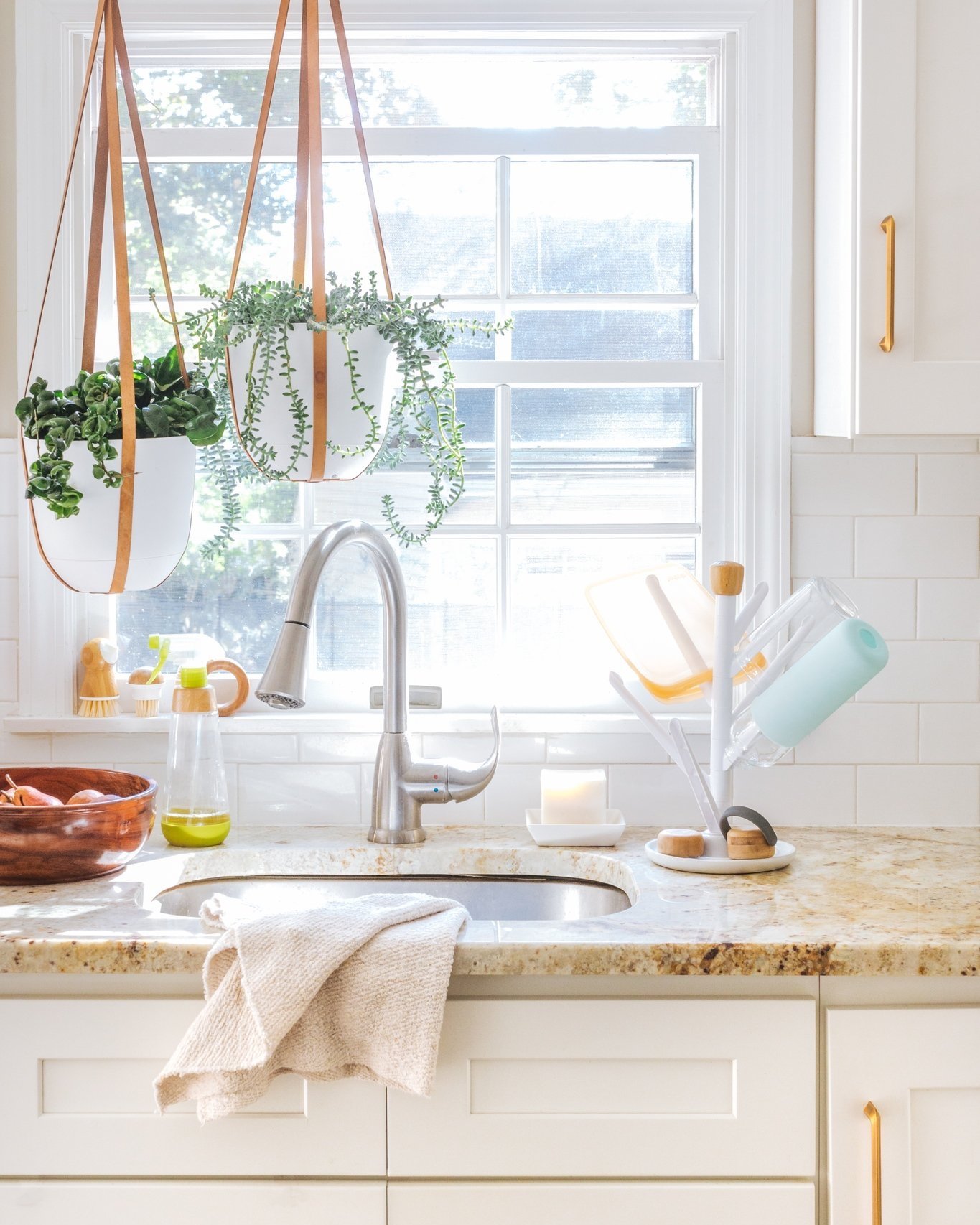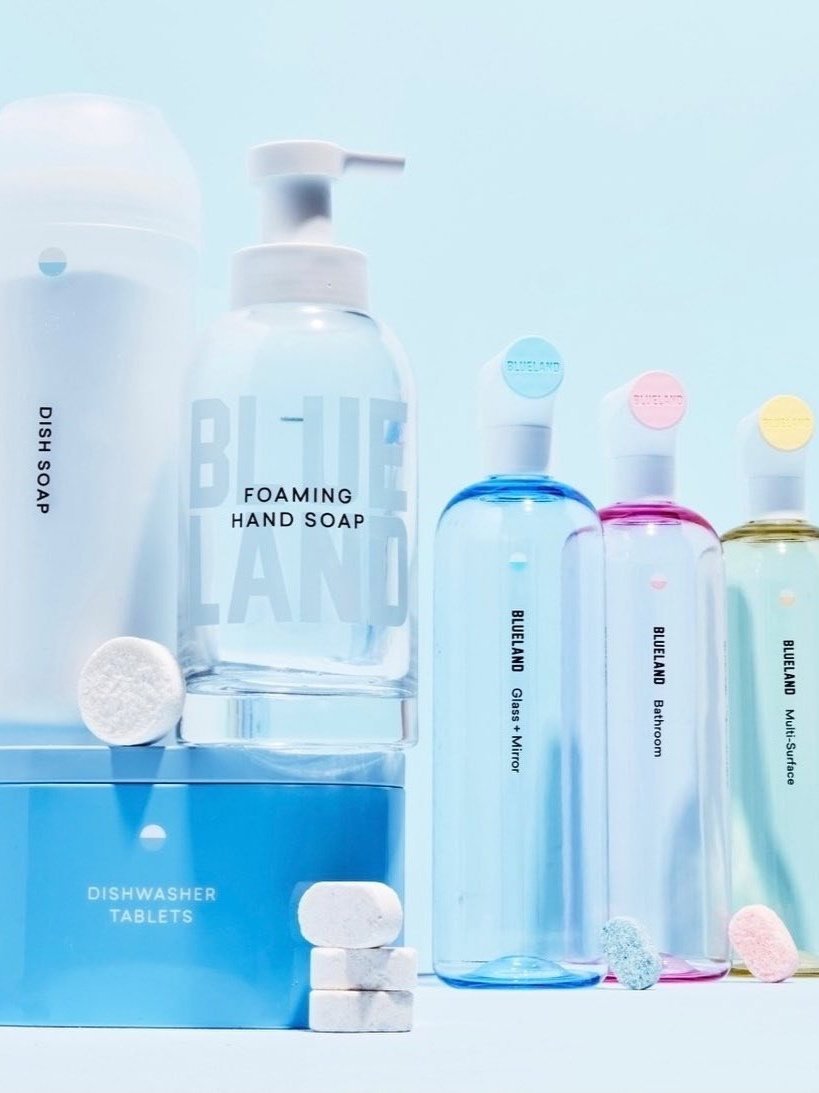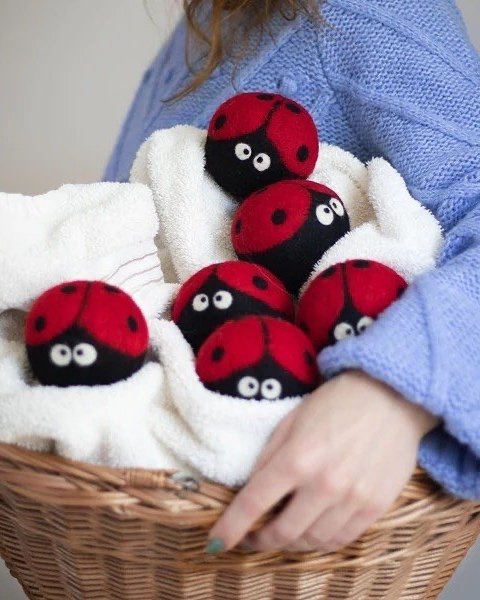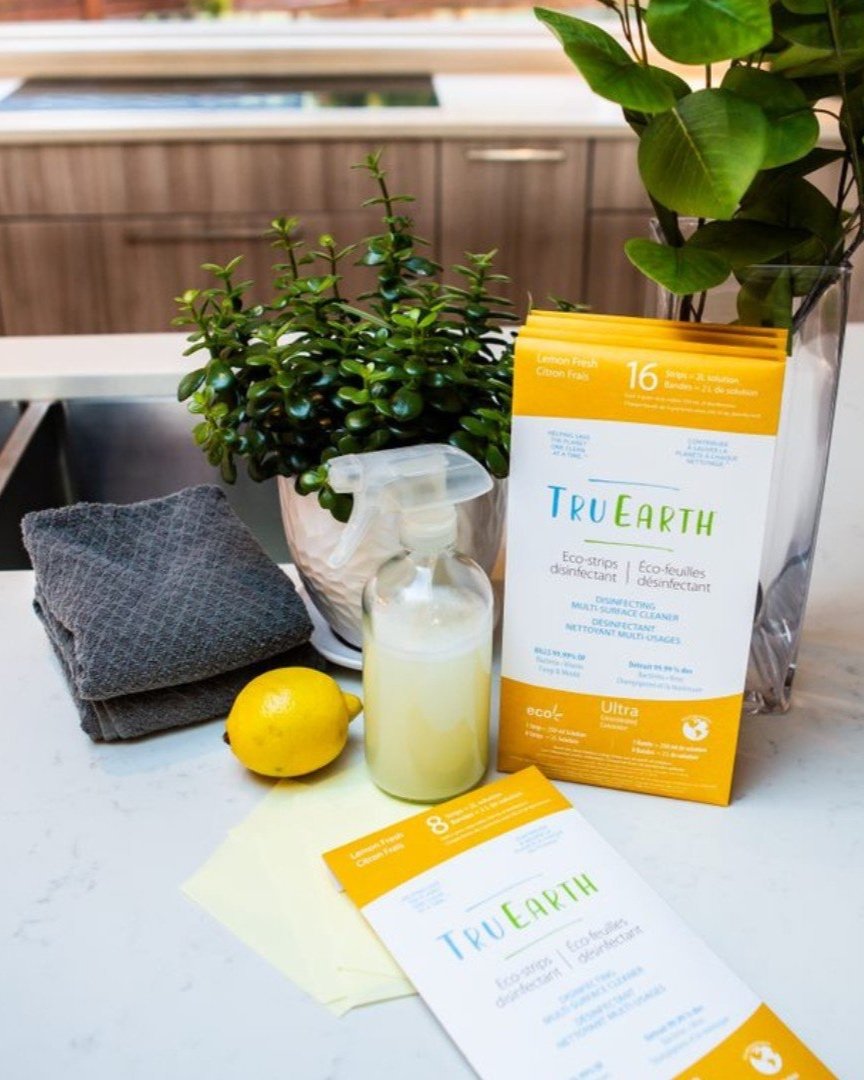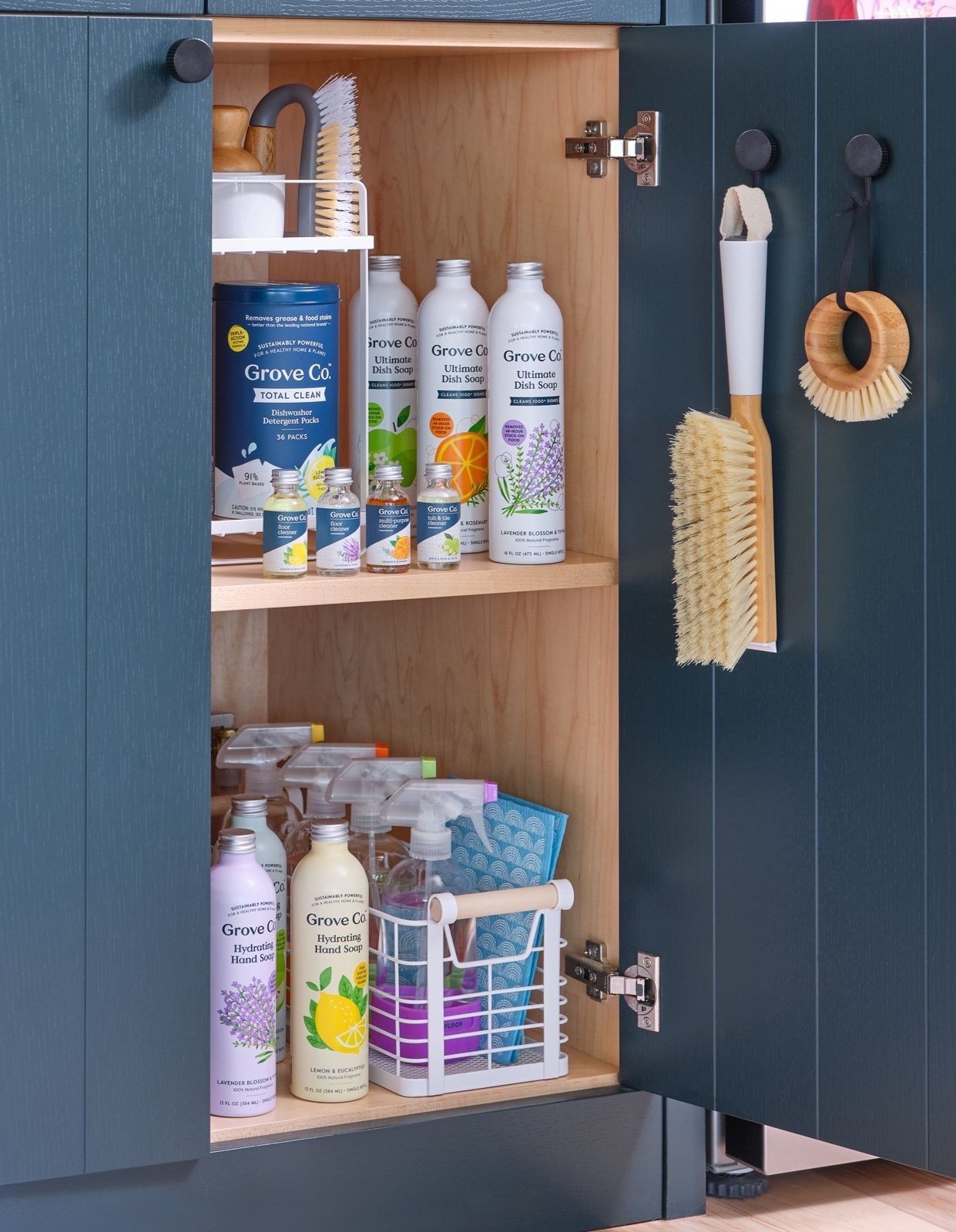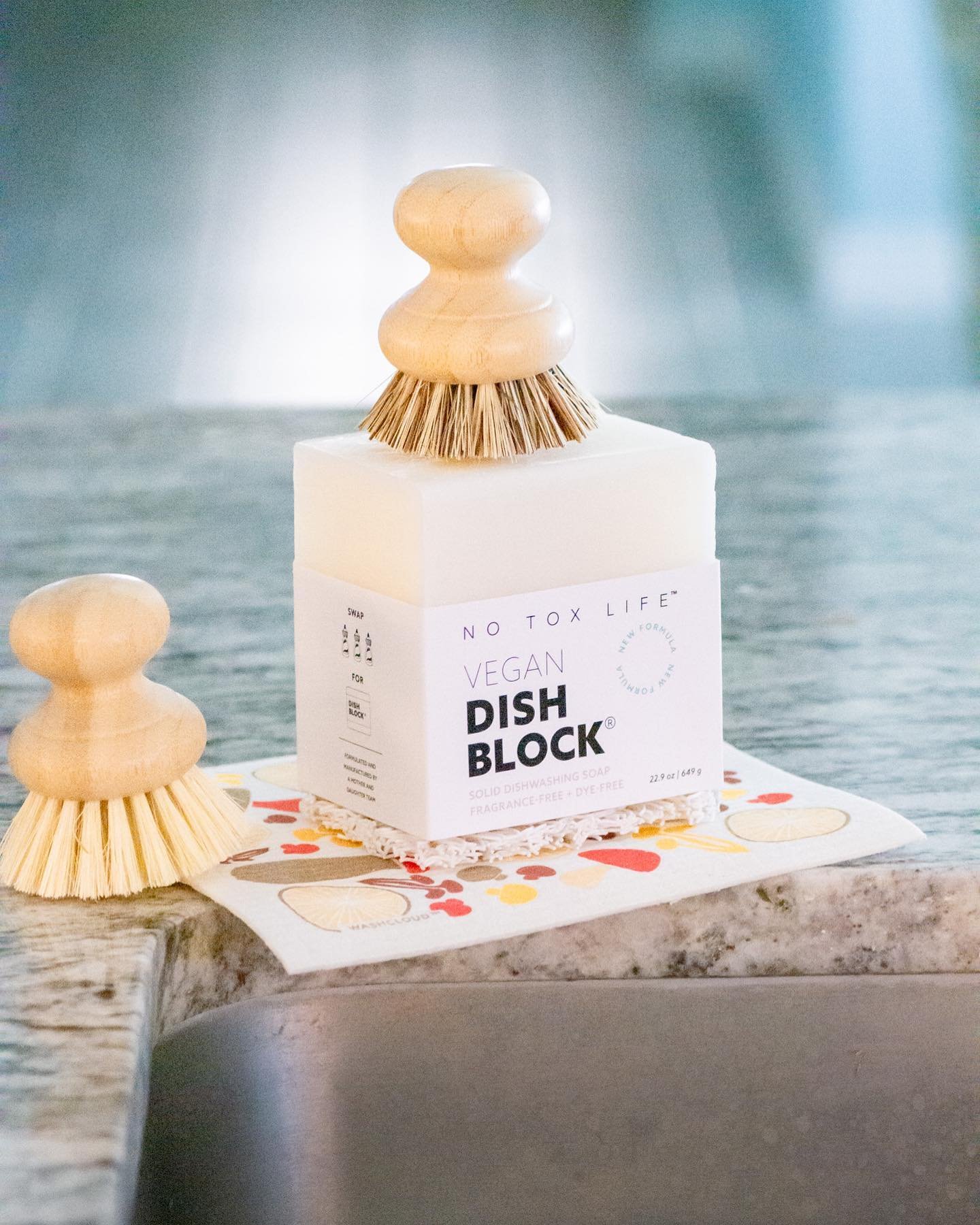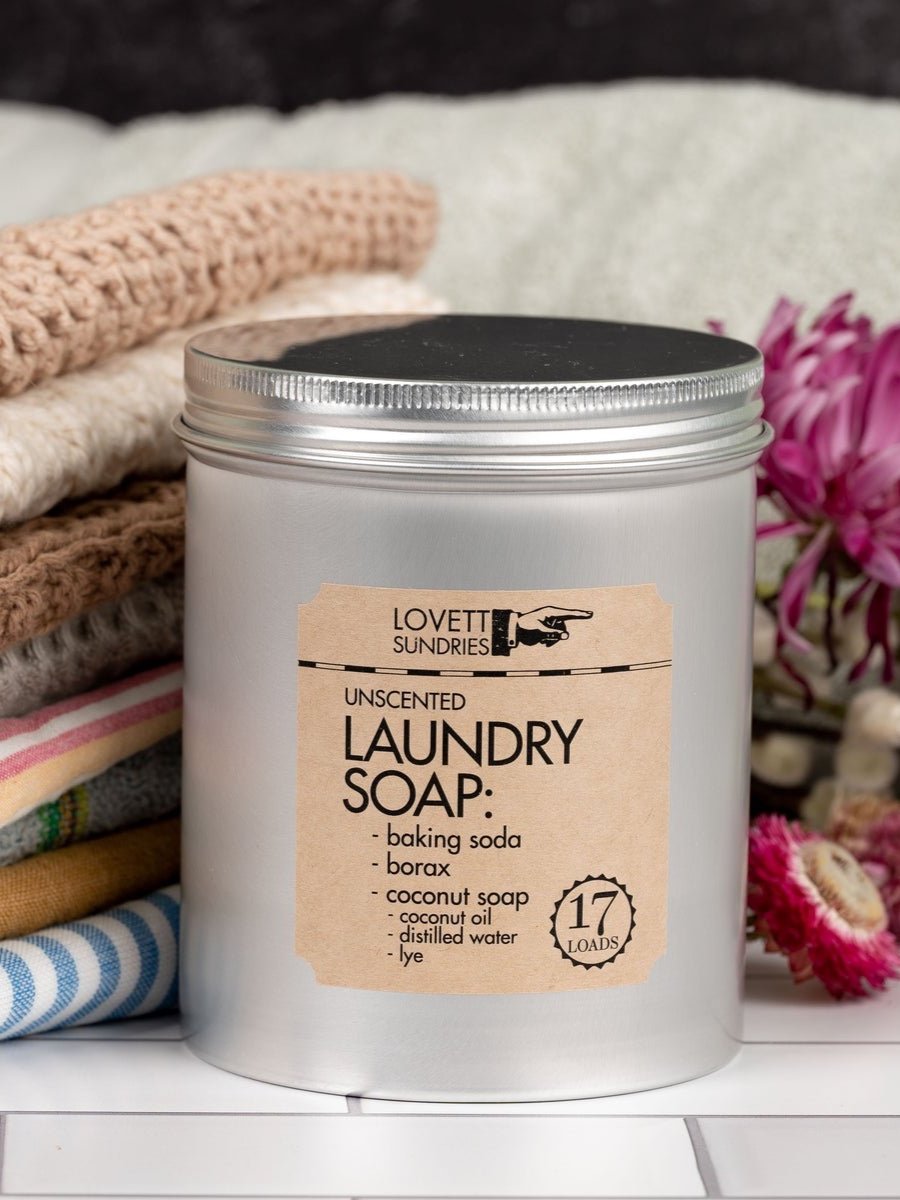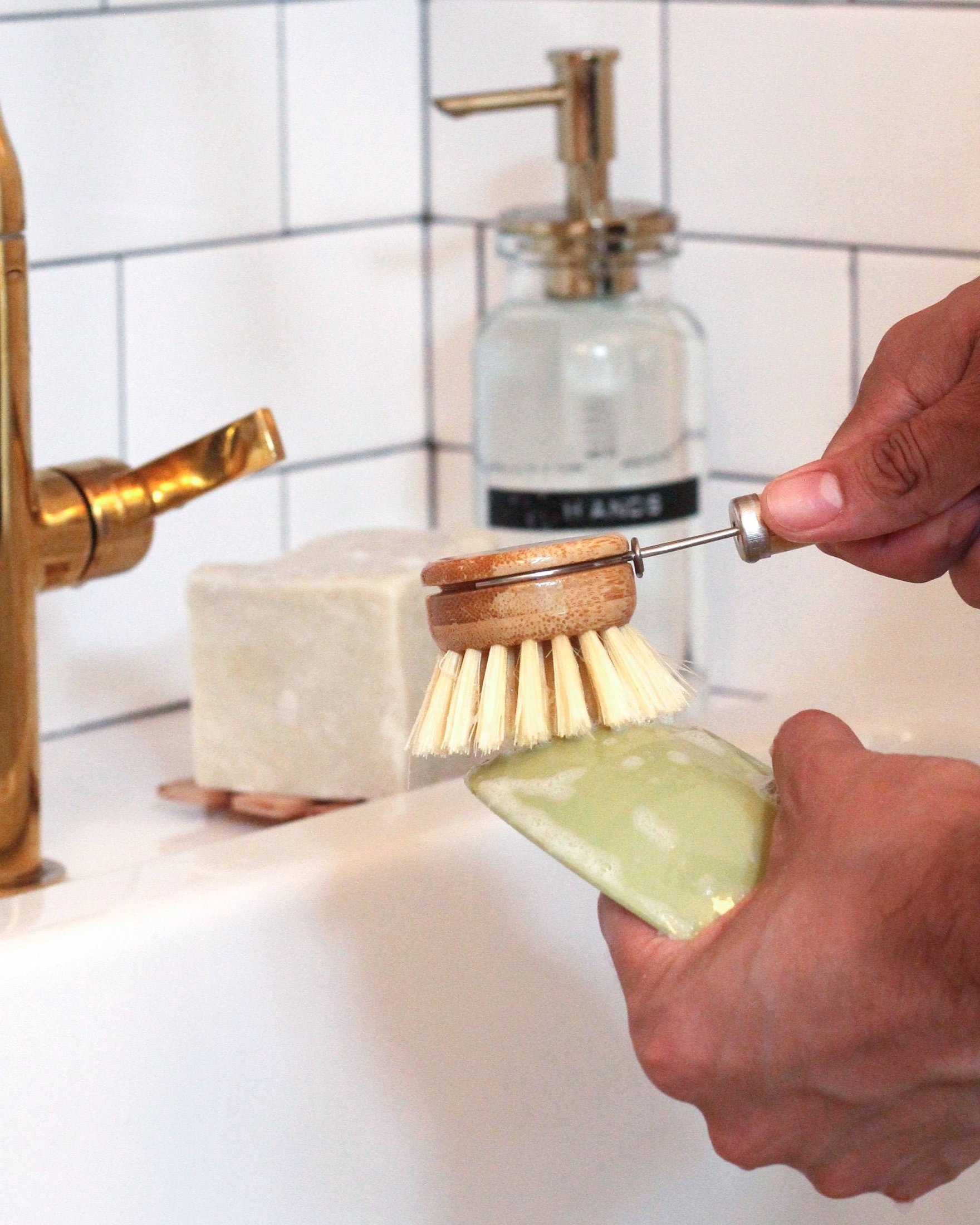
Let’s be honest, buying sustainable products for your cat may not be top of mind! It can be tough to focus on sustainability for ourselves, let alone our pets. But don’t worry... eco-friendly cat toys & products are available! Here’s a list to help create your kitty’s perfect sustainable sanctuary.
Disclosure: Some of the links below are affiliated; we may earn a small commission if you click through and make a purchase. We only feature brands that align with our values and contribute to a better world. Thank you for supporting these brands - and us!
Why buy eco-friendly cat toys and products?
Of course, we want to buy products that are better for the planet, but did you know eco-friendly products are better for your cat too? It’s actually not that surprising if you think about it. Natural materials like wool and tree branches attract your kitty and are much safer than some of the conventional pet products out there. In the US there are no safety regulations about what pet toys can be made out of, so be careful and do your research!
What to look for when buying sustainable, eco-friendly products for your cat:
Purchasing products made of natural materials is usually the best way to go when it comes to our cats and the planet. Materials like wood, hemp, wool, and cork are excellent sustainable resources and have many benefits for our feline friends as well!
We made sure to only include plastic-free cat products in this post.
Don’t know where to start looking? EarthHero is one of my favorite places to shop for all things sustainable and they have a pretty extensive pet section!
Should I get rid of all my cat's stuff and start fresh?
Definitely not! Your kitty won’t appreciate you throwing out her favorite toys and keeping the products you already have is actually one of the most sustainable options. When the time comes to buy new items for your kitty, you will know that eco-friendly options are available!
If you can’t stand looking at that ugly old cat tree anymore, don’t just put it out by the curb. Animal shelters would gladly it off your hands along with any other gently used cat items you’d like to donate. Don’t forget to thoroughly clean items before donating.
Looking for your pup? Find our favorite eco-friendly dog toys here.
Our top picks for eco-friendly cat toys and products:

1. Friendsheep Wool Eco Cat Toys
Price: $16
use code SUSTAINABLYCHIC for 10% off
This handcrafted trio includes a bee, a rainbow spring, and a tiny earth- each made from 100% cruelty-free New Zealand wool and colored with azo-free dyes. Sized perfectly for cats and ferrets, these toys are great for batting, chasing, and carrying. They come packaged in a repurposed, hand-stamped cotton bag, and both the toys and bag are compostable at end-of-life.
Each purchase supports fair wages for Nepalese women artisans and contributes to reforestation efforts, with one tree planted per item sold.

2. Cat Ears Felt Wool Cat Cave
Price: $88
The Kind Pet is a purpose-driven brand committed to offering sustainable, non-toxic, and ethically made pet products that prioritize both animal welfare and environmental responsibility. Their thoughtfully curated selection includes items crafted from natural materials, ensuring safety and comfort for your pets while supporting eco-friendly practices.
Check out the Cat Ears Felt Wool Cat Cave... a cozy hideout for your furry friend! Handcrafted in Nepal by a fair-trade women's group, it's made from soft, organic New Zealand felted wool and is perfect for cats up to 15 pounds. Its whimsical cat-ear design not only delights pets but also adds a playful touch to any home décor. Available in various color combinations, it's machine washable and compostable at end-of-life, reflecting The Kind Pet's commitment to sustainability.

3. Eco Kitty Bird Cat Toy
Price: $19
You and your cat will love playing with this fun, colorful string toy made from sustainable materials! The Honest Pet Products Eco Kitty Bird is a handcrafted, eco-friendly cat toy made in the USA. Constructed from 100% natural hemp canvas and filled with premium catnip, it features a 5-inch hemp string tail and a soft rattle to stimulate your cat's hunting instincts. Lightweight and durable, it's perfect for batting, chasing, and carrying.
Honest Pet Products is committed to making eco-friendly pet products while supporting the planet and its people! Many of the wool parts of their cat toys are hand-made by women supporting their families in Nepal! Consider purchasing Honest Pet’s fun-filled Eco Catty Pillar to give additional support to these families in need.

4. Eco-Friendly Cat Litter
Price: $24+ (be sure to click our link to receive 35% off)
Catalyst Pet has created a cat litter that’s not only great for your feline friend but also for the planet! Made from upcycled pine softwood, it’s a sustainable choice compared to traditional clay litters. This litter not only controls odors like a champ but also clumps really well and produces minimal dust, so your home stays cleaner.
Catalyst is super lightweight- just one pound works as effectively as four pounds of clay litter, making it efficient and budget-friendly. By choosing Catalyst, you’re making an eco choice without sacrificing quality or performance. Your cat (and the planet) will thank you!

5. Cork Ball Toys
Price: $25
These lovely cork ball toys are the perfect alternative to plastic ball toys! Cork is harvested tree bark that can regrow and be harvested again later, making it an excellent sustainable material, and of course, cork is biodegradable! Ball toys are great for batting and chasing around, but your kitty will also love to sink their teeth and claws into the natural cork.
Cloth ball toys get dirty so fast and need to be washed, but these cork balls can be easily wiped off and are ready to go again! Even the super cute leopard print design is painted on with organic linseed oil paint. Noggins & Binkles has everything covered!

6. Catnip Terracotta Grow Kits
Price: $13
Gardening gurus may scoff, but this adorable little planter kit is perfect for beginners, apartment dwellers, or notorious plant killers! Growing your own catnip is a great way to provide a sustainable treat for your kitty instead of buying pre-packed catnip and creating more waste.
The Tiny Terracotta Kit has everything you need to start growing catnip for your furry friend and it’s so easy! Once your catnip gets big enough, the coconut pot filter makes replanting a breeze. Don’t forget to reuse the terracotta pot for your next green baby. Also a great learning activity for kids!
Modern Sprout is a Chicago-based, eco-friendly company offering carefully crafted, sustainable products for indoor gardening. They donate a portion of proceeds to ecological charities while providing employment to vulnerable Chicago residents.

7. Stainless Steel Litter Box
Price: $80-100
Every cat owner knows the pain of having to deal with a stinky, dirty, plastic litter box. They absorb nasty odors, build up residue, and may even deter your kitty from using the bathroom in them.
If you’re tired of replacing your plastic litter box, the Ptlom is the last litter box you will ever have to buy! Unlike conventional plastic boxes, this durable stainless steel litter box will last a lifetime. Stainless steel is easy to clean and doesn’t encourage bacteria and mold growth like plastic.
About the Author
Amy Kinchen is a freelance writer and stay-at-home mom living in Florida. She loves to learn new things about sustainability and tries to incorporate them into all aspects of her life. Her family, including the furry members, are her world and she believes that helping animals and the planet should go hand-in-hand. Amy enjoys fostering kittens for her local animal shelter when she has the time. You can find her on Instagram here.
MAKE SURE TO PIN THE PHOTO BELOW TO SAVE THIS POST FOR LATER!
WANT MORE SUSTAINABLE BRANDS? VISIT OUR BRAND DIRECTORY!
Our Brand Directory is home to hundreds of sustainable brands, from makeup to cleaning supplies, from underwear to shoes. We have broken everything down by category for easy shopping, along with discount codes unique to Sustainably Chic viewers.





